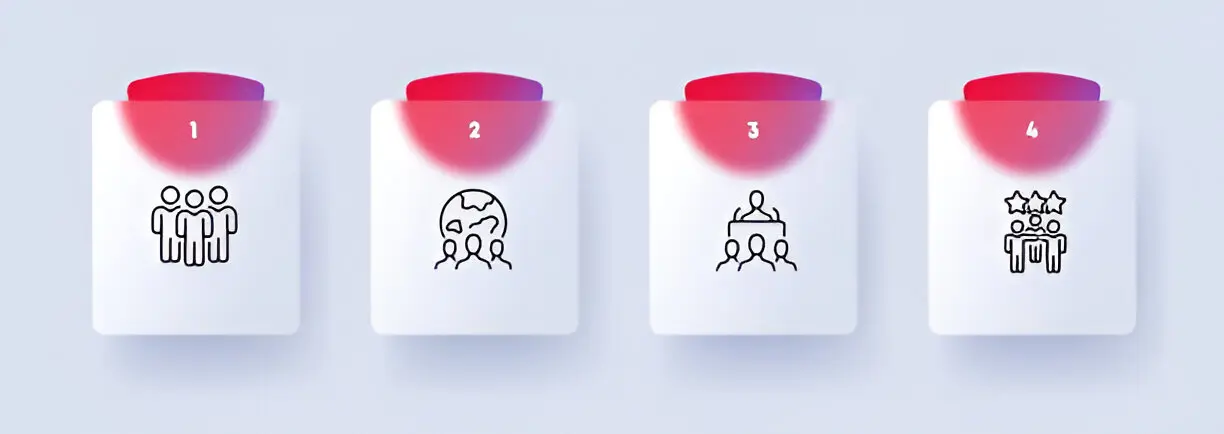Efficient tip distribution is a cornerstone of successful hospitality businesses, shaping staff morale and overall operational harmony. Staff who feel secure and valued through transparent practices are more likely to provide exemplary customer service, which benefits your establishment’s reputation. With evolving technology and increased regulatory scrutiny, restaurant owners and managers must prioritize a system that is fair, transparent, and easy to administer. Leveraging tipping software is one of the fastest and most reliable ways to modernize your tip distribution process, eliminating unnecessary confusion and administrative errors. The transition to automated, digital solutions saves countless hours of manual calculations and paperwork, freeing managers to devote more energy to staff development and guest experiences.
Establish Clear Tip Distribution Policies
Start by creating thorough, accessible policies that clarify how tips are handled within your business. Written guidelines should answer common questions: Who is eligible for tips? How are tips collected, pooled, and distributed? What happens when disputes arise? Ensuring staff access these rules minimizes confusion and makes your workplace more transparent. A staff handbook or digital portal can house these policies and make them easily accessible for new hires and seasoned employees.
These policies are not set in stone. They should be regularly reviewed and updated in response to operational changes, feedback from your team, or evolving legal requirements. For example, regulatory updates regarding minimum wage or tip pooling eligibility could mean an immediate rewrite is needed to stay compliant. Clear documentation also helps protect your business during audits or disputes, supporting compliance with local and federal labor laws. Proactively communicating policy changes fosters trust and keeps everyone aligned with the organization’s values and goals. Consider hosting annual reviews where employees are invited to ask questions and gain a deeper understanding of the rationale behind the rules.
Choose an Appropriate Tip Distribution Method
Different service environments thrive under different tip distribution systems. The most common models include:
- Tip Pooling: All tips go into a centralized pool and are split according to defined parameters, such as hours worked, shift roles, or points-based systems. This fosters a team-focused environment and often reduces competition between staff members.
- Tip Sharing: Typically, front-of-house employees dedicate a set portion of their tips to support staff, like bussers or barbacks, creating a more equitable overall distribution. This structure recognizes the behind-the-scenes contributions that can be overlooked in direct allocation systems.
- Direct Tip Allocation: Employees keep the tips they’ve personally earned, aligning reward with individual performance, but sometimes discouraging collaboration. This is common in casual settings but may not suit larger or more complex operations where tasks overlap frequently.
Each method has its advantages and drawbacks. For example, pooling promotes teamwork but may lead to frustration if some team members feel others are not contributing equally. Sharing addresses fairness among support staff but requires careful tracking. Direct allocation encourages individual effort but can foster unhealthy competition. When selecting the appropriate system, consider team dynamics, staff preferences, and business goals. Be sure to check legal regulations in your area, as some localities have strict rules regarding tip pooling and distribution. Transparent method selection keeps your staff engaged and confident that earnings are distributed fairly and legally.
Implement Digital Tools for Accuracy and Transparency
Manual tip tracking and distribution can quickly lead to errors and disputes. Managing tips with spreadsheets or paper logs is labor-intensive and risks miscalculation and record loss. Modern tipping software integrates with POS systems, accurately capturing every transaction and automating allocation per your chosen policies. Key features like real-time tip tracking and automated calculations help managers distribute tips fairly and give employees visibility into their earnings, building trust in the system. Transparency in tip calculations fosters an environment where staff are confident that no discrepancies occur behind the scenes.
Beyond time-saving, digital solutions help you stay on the right side of rapidly changing labor laws, ensure all withholdings and reporting obligations are met, and provide clear digital records should questions arise from authorities. This transparency can resolve disputes quickly and serve as essential proof during any regulatory review. This can be especially important for multi-location operators or larger hospitality groups, who must maintain consistency across several teams. With remote access to dashboards and detailed transaction histories, managers can confirm compliance and optimize operations in real time.
Communicate and Train Staff Effectively
No matter how fair or advanced your system is, it won’t succeed without buy-in from your team. Set aside time to clearly explain tip distribution policies, the rationale behind your chosen method, and how to use any new digital tools. Whether in-person or virtual, training sessions allow staff to ask questions and raise concerns in a supportive setting. Create simple guides and offer in-person demonstrations to minimize confusion and allow for open dialogue, ensuring staff understand the technical processes and the larger goals behind the policies.
Encourage staff feedback—both positive and negative—on an ongoing basis. This openness can spotlight potential areas for improvement or reveal problems before they affect morale. Involving employees in regular discussions about tip policies demonstrates that their input matters and that transparency is a two-way street. Regular check-ins and updates ensure the process evolves alongside your business, growing stronger and more effective. Cultivating an environment of collaboration and trust in tip distribution translates to smoother daily operations and a better guest experience overall.
Conclusion
Adopting a modern, transparent approach to tip distribution is one of the most impactful moves a hospitality business can make for employee satisfaction, retention, and brand reputation. Employees who understand and trust the tip system are more likely to feel valued and motivated, which reflects in every guest interaction. By formalizing policies, selecting the right method, leveraging robust tipping software, and prioritizing communication, operators can be confident their teams are compensated fairly—and focused on delighting guests. Streamlining your tip distribution process sets your business up for success and sustainable growth in an industry where small improvements can yield significant returns.
Also Read-Tips to Handle Major Life Events with Confidence








